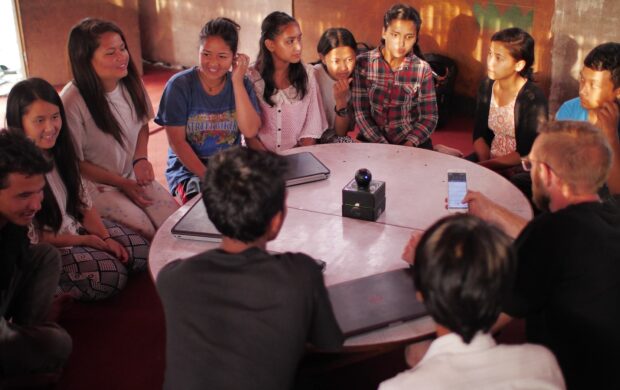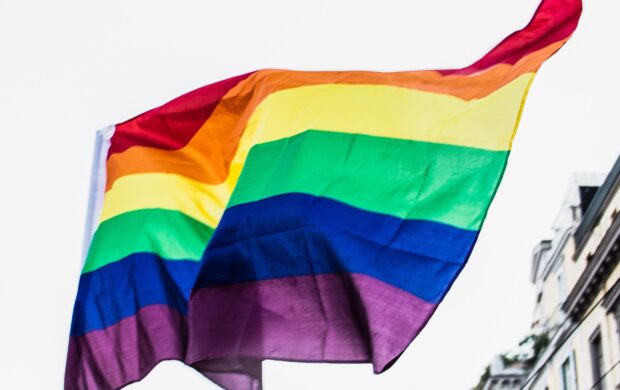Australia’s ANZ Bank adopted a human rights grievance mechanism to evaluate and respond to human rights related complaints associated with its institutional or corporate lending customers. This is the first instance of a bank developing a grievance mechanism to address human rights complaints targeted to its own lending customers’ practices.

So what?
The human rights grievance mechanism provides a framework for ANZ to develop greater accountability for the finance it lends to other institutions. Through the mechanism, ANZ could contribute to remedy the harms of projects that it finances, while also encouraging its customers to improve on their human rights practices. Based on the outcomes and learnings of the grievance mechanism, ANZ could then improve its own lending policies.
The introduction of the grievance mechanism is also a signal to customers of the path that ANZ is taking. A greater scrutiny of lending customers practices is to be expected. Will such grievance mechanisms and consequent policy changes improve the human rights practices of financed projects? How will the power imbalance between the different actors be dealt with such that the dialogue between the different parties is fair and conducive?




















Join discussion